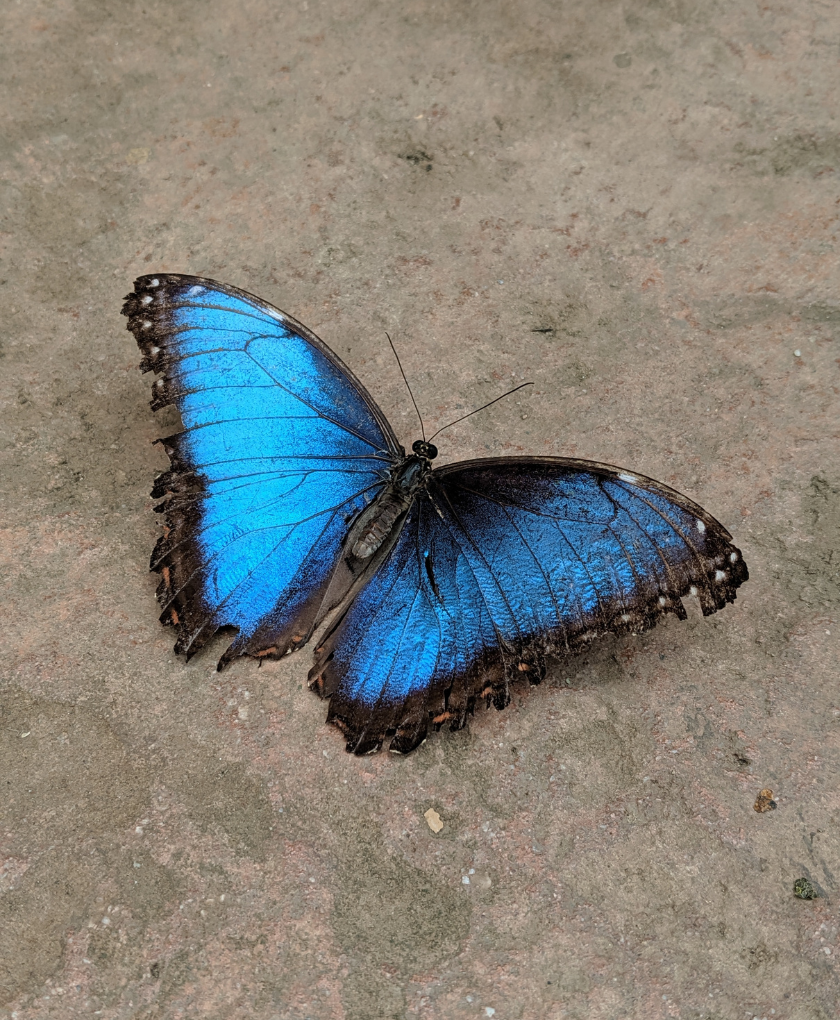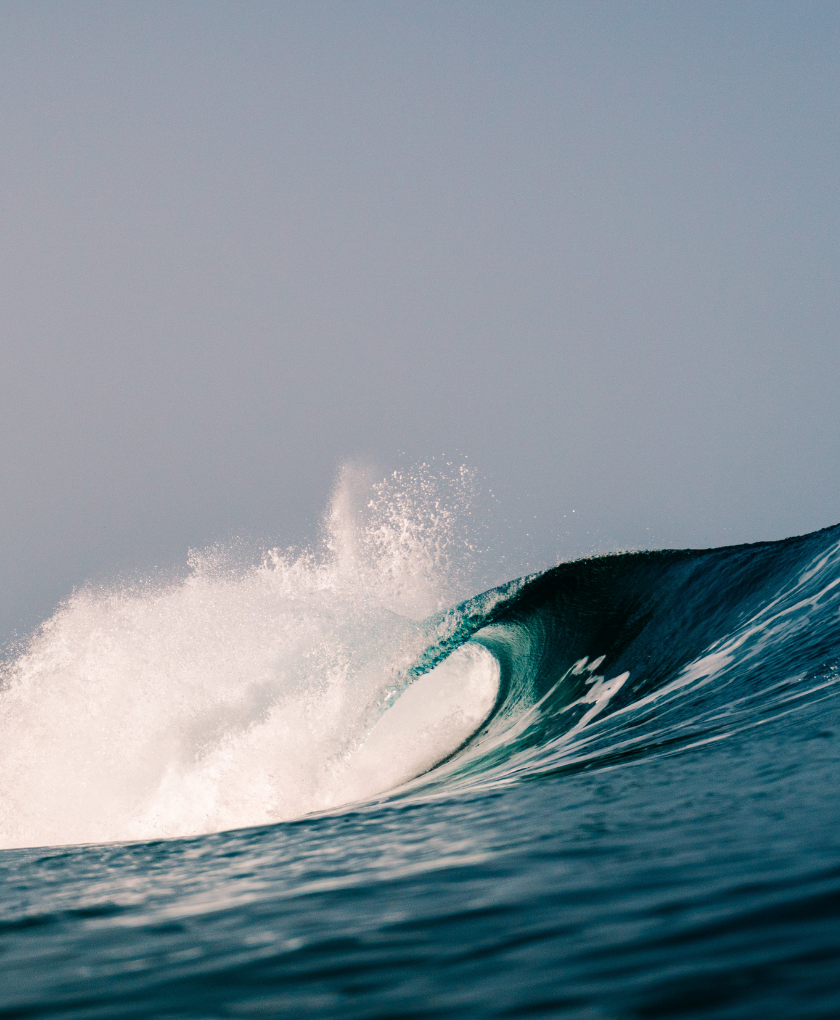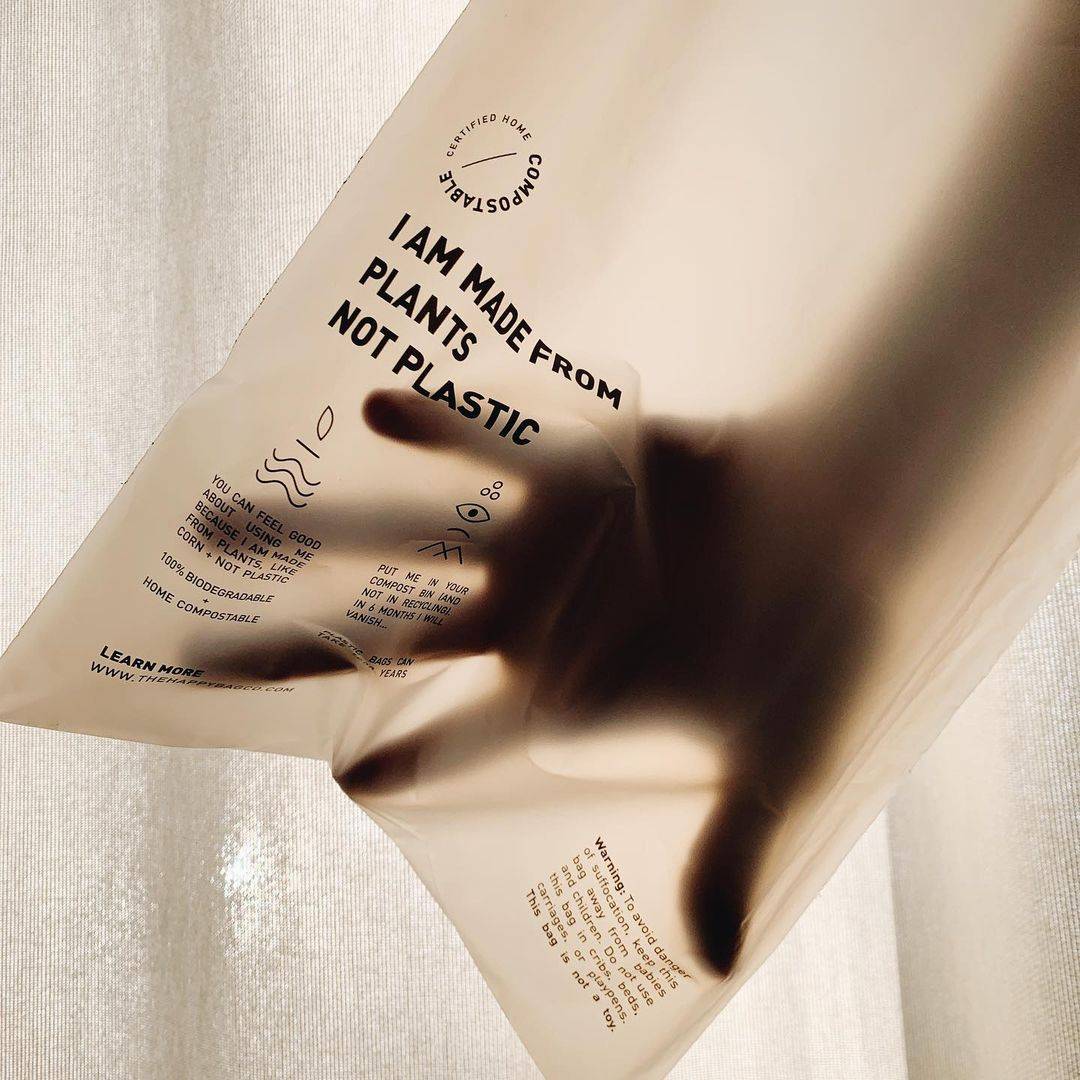
#EDITORIAL
Sustainability: your journey begins here
12 September ‘22
6 minutes
Being sustainable is a way of life that makes sure anything we do at present doesn’t take away anything from our future. Embark on a journey towards sustainability, concepts and related theories through our newest column and learn the basics for a more sustainable life on Earth, involving a change of old practices, nocive products and old ways of thinking.
Words by Lucia Peirone Torti
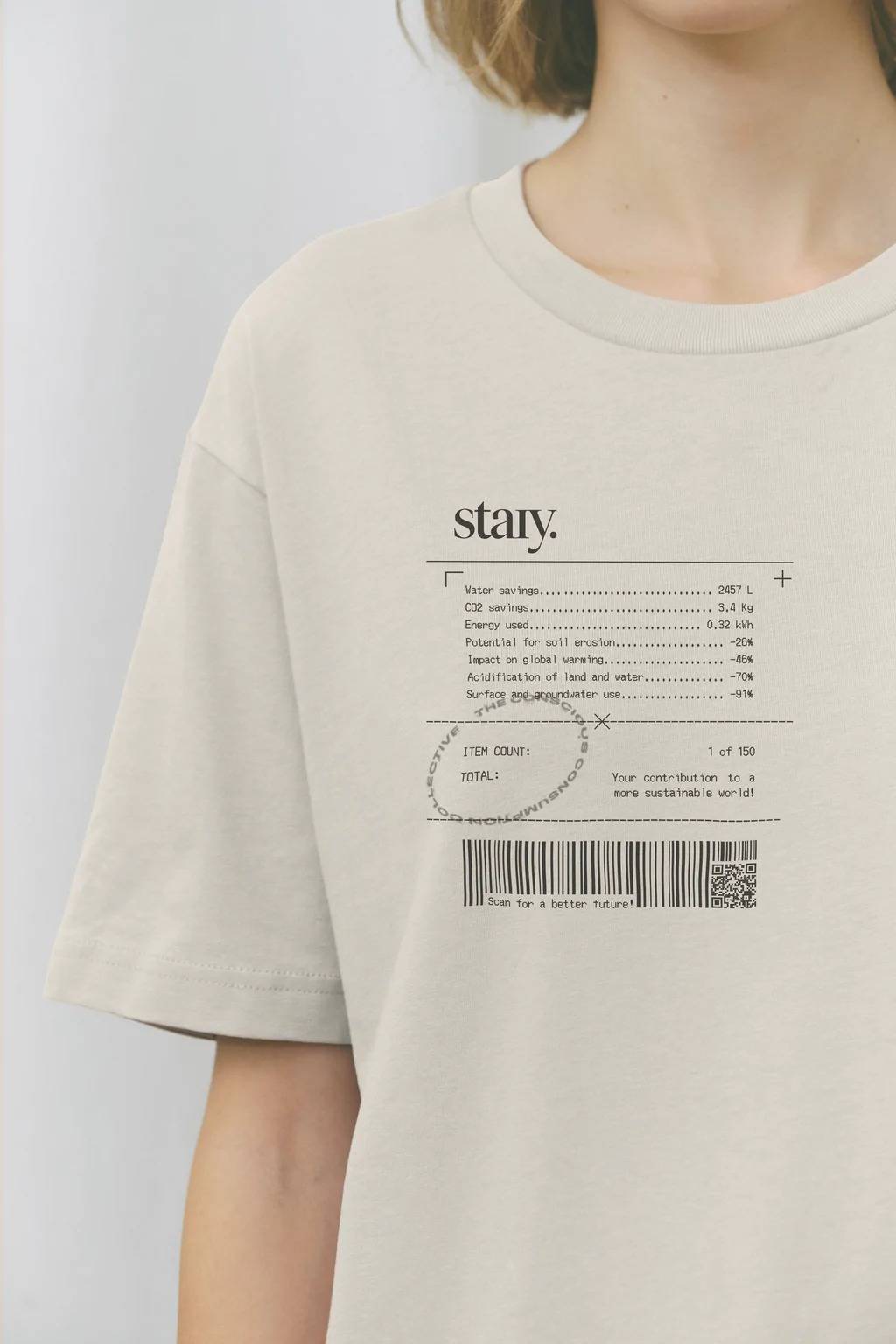
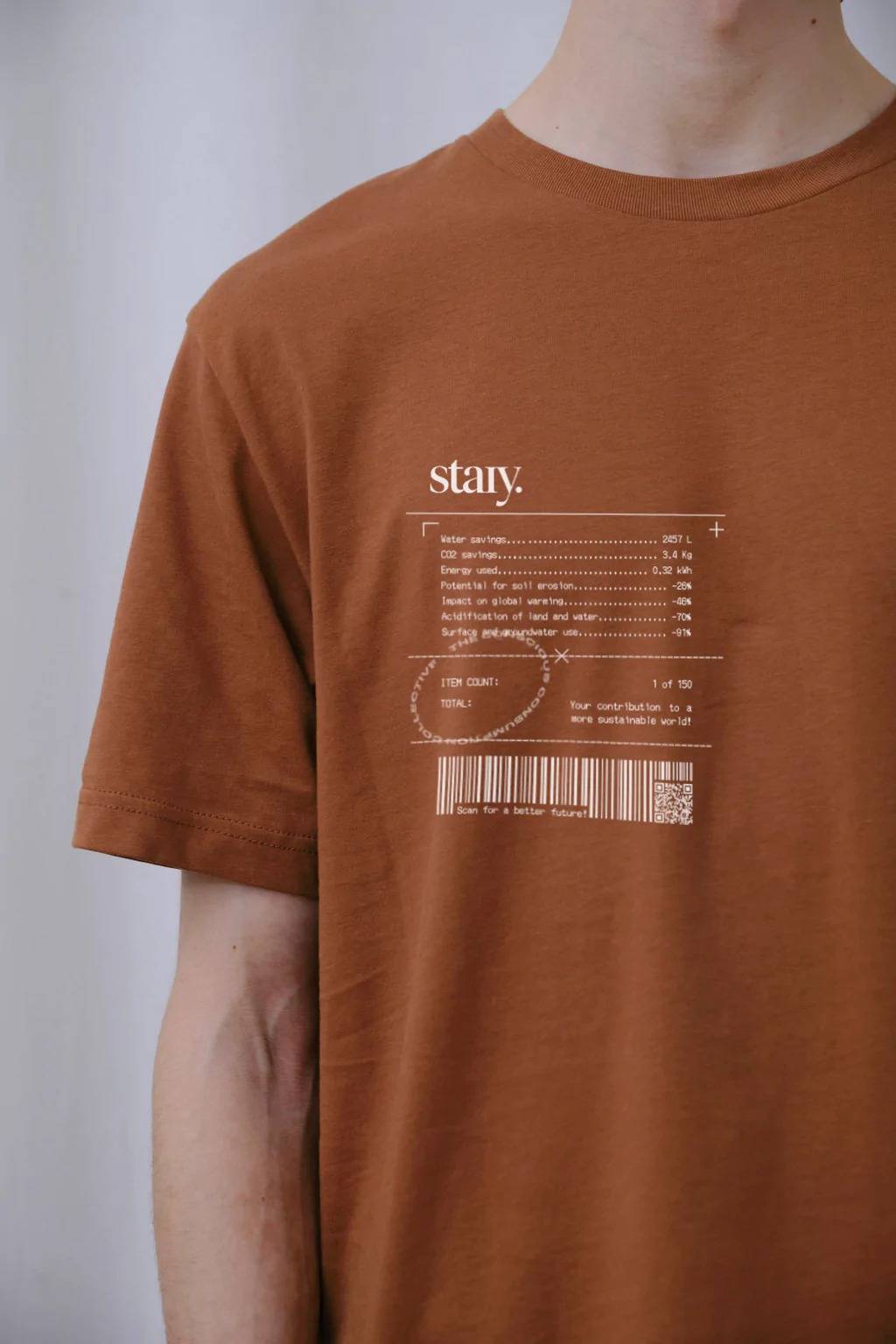
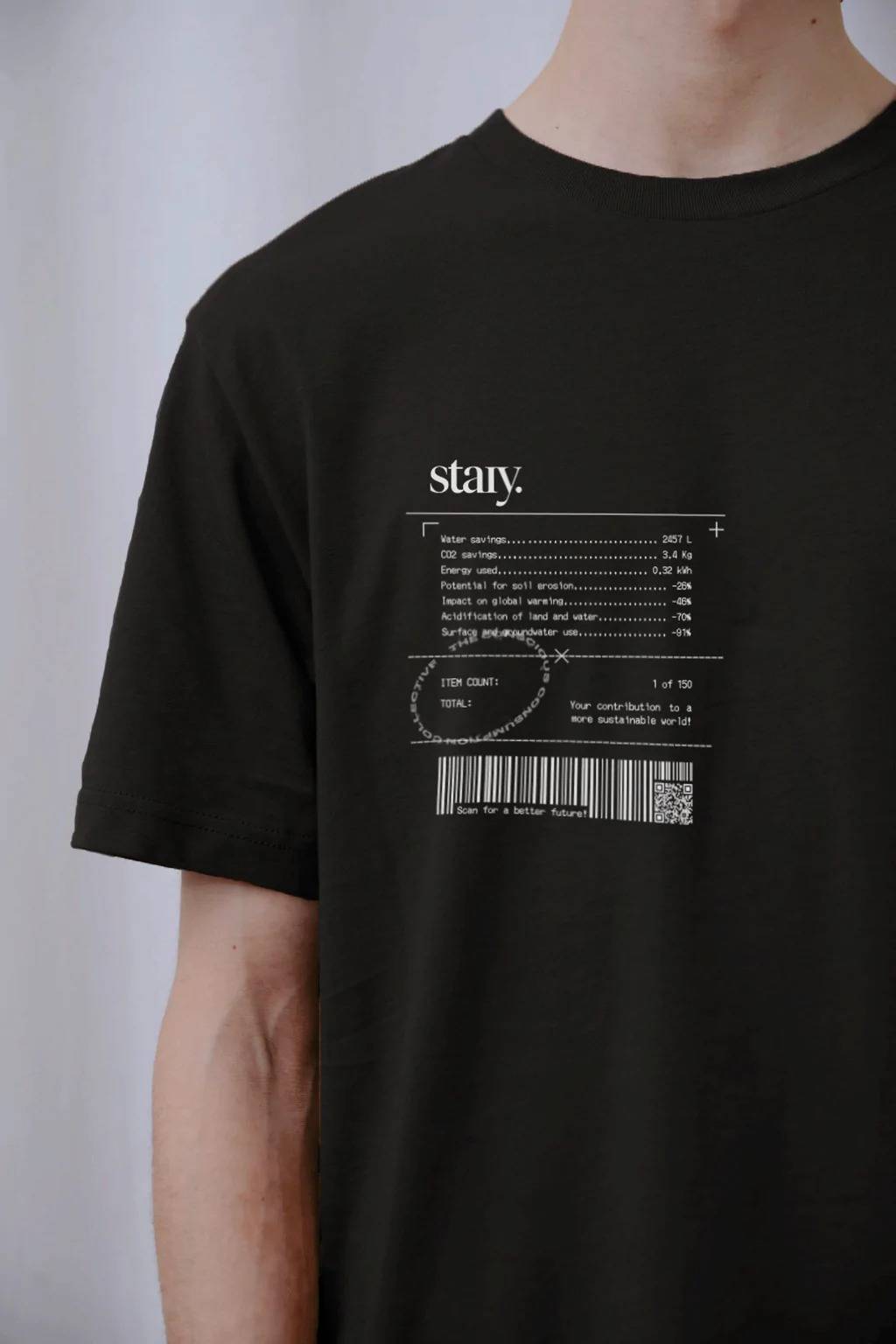
Staiy Proud T-shirt
At Staiy, we preach progress over perfection. We want to make living life easier and more comfortable, but at the same time, more sustainable in as many simplified ways we can. The word “sustainability” has come to mean a myriad of concepts and practices geared toward making virtually every aspect of life, environment, resources, and the planet more sustainable for future generations. That being said, we can affirm that being sustainable is a way of life that makes sure anything we do at present doesn’t take away anything from our future.
Many natural resources are finite. The way we use them to produce products, energy, food, and other necessities must be evaluated in terms of how best to preserve nature. That's why sustainability is a direction that we need to pursue to make sure whatever we do can be maintained at the same rate, as it is right now, when we project it into the future. If you’re interested in learning like us, keep in touch with our weekly column “Your Guide To Sustainability” and learn step by step what sustainability is. In our introduction, we advise some basics to pack for your upcoming journey towards sustainability.
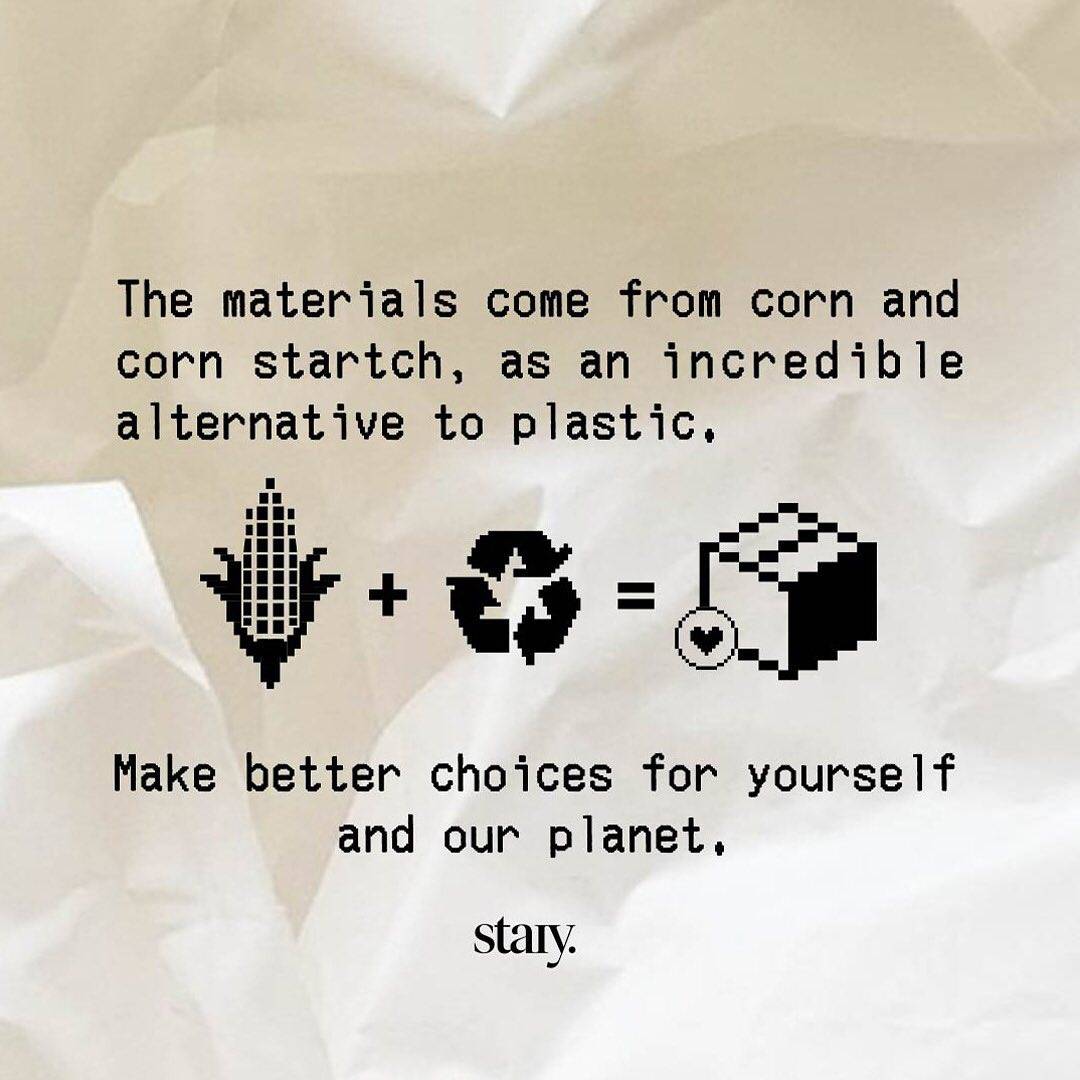
Staiy uses only 100% biodegradable, compostable, plastic-free packaging made from three main materials produced by @thehappybagcompany
While the concept of sustainability has spread between us in recent decades, the movement as a whole has roots in social justice, conservationism, internationalism and other past movements with rich histories.
By the end of the twentieth centuries, many of these ideas had come together in the call for “sustainable development”. In 1983, the United Nations tapped former Norwegian prime minister Gro Harlem Brundtland to run the new World Commission on Environment and Development. After decades of effort to raise living standards through industrialization, many countries were still dealing with extreme poverty. It seemed that economic development at the cost of ecological health and social equity did not lead to long-lasting prosperity. It was clear that the world needed to find a way to harmonize ecology with prosperity.
After four years, the “Brundtland Commission” released its final report, Our Common Future. It famously defines sustainable development as: “[...] development that meets the needs of the present without compromising the ability of future generations to meet their own needs.”
Sustainability is a holistic approach that considers ecological, social and economic dimensions, recognizing that all must be considered together to find lasting prosperity.
While the concept of sustainability has spread between us in recent decades, the movement as a whole has roots in social justice, conservationism, internationalism and other past movements with rich histories.
By the end of the twentieth centuries, many of these ideas had come together in the call for “sustainable development”. In 1983, the United Nations tapped former Norwegian prime minister Gro Harlem Brundtland to run the new World Commission on Environment and Development. After decades of effort to raise living standards through industrialization, many countries were still dealing with extreme poverty. It seemed that economic development at the cost of ecological health and social equity did not lead to long-lasting prosperity. It was clear that the world needed to find a way to harmonize ecology with prosperity.
After four years, the “Brundtland Commission” released its final report, Our Common Future. It famously defines sustainable development as: “[...] development that meets the needs of the present without compromising the ability of future generations to meet their own needs.”
Sustainability is a holistic approach that considers ecological, social and economic dimensions, recognizing that all must be considered together to find lasting prosperity.
- Environmental Sustainability: Ecological integrity is maintained, all of Earth’s environmental systems are kept in balance while natural resources within them are consumed by humans at a rate where they are able to replenish themselves.
- Economic Sustainability: Human communities across the globe are able to maintain their independence and have access to the resources that they require, financial and other, to meet their needs. Economic systems are intact and activities are available to everyone, such as secure sources of livelihood. That’s why a circular economy model is essential.
- Social Sustainability: Universal human rights and basic necessities are attainable by all people, who have access to enough resources in order to keep their families and communities healthy and secure. Healthy communities have just leaders who ensure personal, labour and cultural rights are respected and all people are protected from discrimination.
In the present we have the 2030 Agenda, which applies to all countries of the world. It was approved by the UN member states after a transparent and inclusive process. Its centerpiece comprises 17 sustainable development goals (SDGs), to be implemented by 2030. Equally seminal for the future of our planet is the UN climate agreement signed in Paris, that saw the world community agree on key issues such as pursuing efforts to limit the global temperature increase to 1.5 degrees above the pre-industrial level, where possible.


Staiy Proud T-shirt
The Paris Agreement and the 2030 Agenda rest on an architecture which can be described as “hybrid multilateralism”, as it splices together state and non-state actions both in the state defined contributions to the agreements as well as in the efforts initiated by UN organizations to orchestrate actions to reach the goals of the agreements.
Their implementation is based on countries identifying, and subsequently acting and reporting on their own priorities, while non-state actors are formally expected to participate in overseeing and facilitating the implementation.
Why do we need sustainability?
The motivations behind sustainability are often complex, personal and diverse. It is unrealistic to create a list of reasons why so many individuals, groups and communities are working towards this goal. Yet, for most people, sustainability comes down to the kind of future we are leaving for the next generation. Sustainability as a value is shared by many individuals and organizations who demonstrate this value in their policies, everyday activities and behaviors. Individuals have played a major role in developing our current environmental and social circumstances.
There is no escaping the fact that almost all of our human activity today is unsustainable. Whether we talk about fossil fuel consumption, or if we talk about the deforestation happening around. The excessive fishing, mining, wastage of food and water, pollution or extinction, all are unsustainable. And not only unsustainable, the rates are accelerating.
By saying this, we imply that proliferation of substances and resources also occurs naturally, but it is the speed and size of this change in the system that our consumption causes, which is unnatural and unsustainable.
While thinking about sustainability, we need to think about not just the humans but every being which forms a part of it. Every being has a role to play in the world ecosystem and losing even one species is a loss.
One of the best analogies which we can use here to understand the importance of every single being on this planet is through the dramatic decline in global bee population. Massive decline in honey bee populations was first reported in 2006–07. Experts were perplexed on what made this happen. Honey bees are responsible for most of the efforts for pollination of plants and trees. This meant an unsustainable decline in the bee populations worldwide would result in massive food shortages. The US alone is looking at a recurring average loss of 30% yearly in managed bee colonies. These are the bee colonies professional beekeepers manage for various purposes like the production of honey, for renting out to fruit and vegetable farmers for pollination, and for industries like beeswax and so on. Needless to say, it is just one of the many contributors to a complex system called nature. And the involvement of every single species is a priority. And a need for sustainability.
The shift is a challenge, but it also brings new opportunities in infrastructure, energy and production in their adaptation to fit the circular economy model. The goal is to throw nothing away and to reduce the need for purchasing new commodities, while production and transportation is best achieved with renewable energy. Some business models are easier than others to begin with, such as the leasing of products instead of buying (everything from jeans to trucks), companies which collect and renovate their own products and then sell them in the store in a separate department or peer-to-peer models. Companies will find new ways to extend the life of products or components, to find value in the waste, or the design of circular use. In broad terms, sustainable development is a process that aims for human well-being and economic development, whilst ensuring that ecological systems are in balance. To successfully achieve this necessary and challenging change, it is vitally important for everyone to take responsibility and do what is possible from their perspective.
Here at Staiy, we will provide a great series of articles that will help you to get connected with this vital topic, ranging from green economy, circular economy, SDGs, planetary boundaries and so on.
In the end, it is all about encouraging the next generations to think and design in a sustainable way as well as using circular business systems to build a better future.





